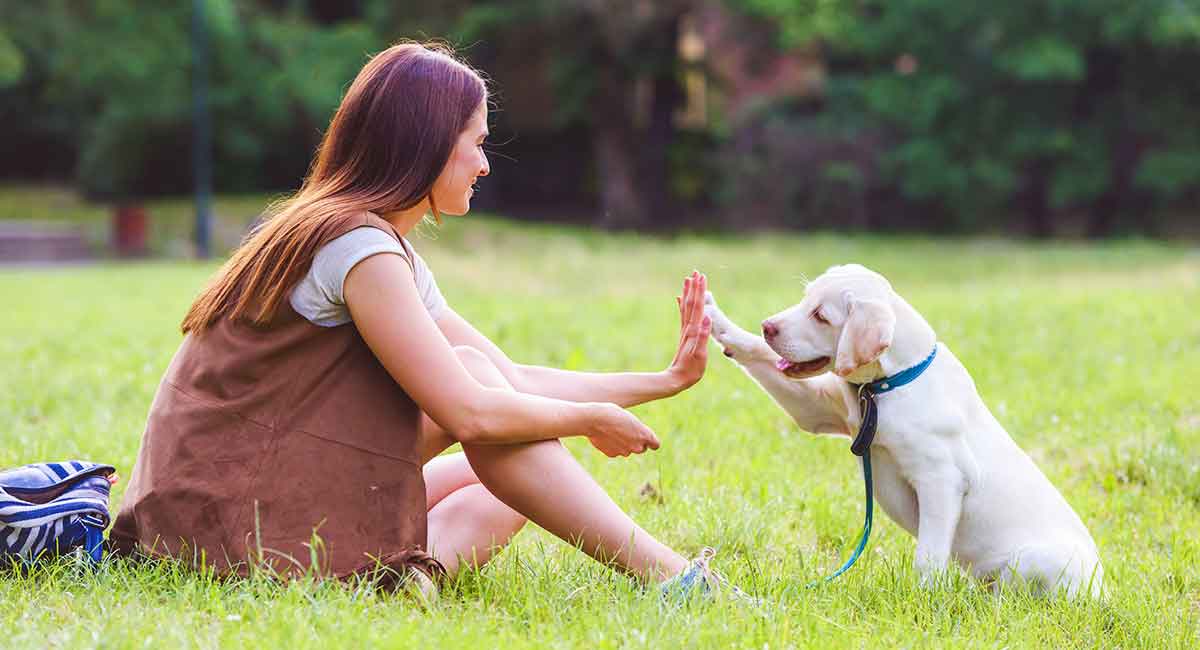
Dog Training Tips for Jumping: Solutions for Health-conscious Pet Owners
Share
Jumping is a common issue among dogs, and while it often stems from a place of excitement or affection, it can pose problems, especially for health-conscious pet owners who worry about injury or stress. In this article, we'll delve into effective dog training tips for jumping that can help manage and curtail this behavior, ensuring both you and your furry friend can enjoy a healthier, happier lifestyle.

Understanding Why Dogs Jump
Before addressing the problem, it's crucial to understand why dogs jump in the first place. Jumping is a natural canine behavior, often used as a form of greeting or to seek attention. For many dogs, its an expression of joy or a way to initiate play. However, for pet owners who prioritize health and safety, especially in homes with small children or elderly individuals, it's important to manage this behavior effectively.
The Health Implications of Jumping
While jumping might seem harmless, it can lead to potential health issues for both the dog and the owner. For the dog, frequent jumping can cause joint stress, particularly in larger breeds. For owners, an overexcited dog can lead to accidental injuries, making it essential to address this behavior promptly.
Effective Training Strategies
The key to successful training lies in consistency and patience. Here are some proven strategies to help reduce and ultimately eliminate jumping.
Use Positive Reinforcement
Reward your dog with treats or affection when they remain calm and keep all four paws on the ground. Positive reinforcement helps in reinforcing the desired behavior, gradually reducing the instances of jumping.
Ignore the Jumping
When your dog jumps, turn away and avoid giving them attention until they calm down. Dogs often jump to get attention, so by ignoring them, you're teaching them that jumping doesn't achieve their goal.
Teach the 'Sit' Command
Teaching your dog to sit on command can be an effective way to prevent jumping. Once your dog learns to sit when they see someone approaching, they'll be less likely to jump up.
For more tips on teaching commands, check out this comprehensive guide on dog training dos and donts.
Long-term Management
Training is an ongoing process, and consistency is key. Here are some additional tips to ensure long-term success in preventing your dog from jumping.
Regular Exercise
Ensuring your dog gets regular exercise can help reduce their energy levels, making them less likely to jump. Activities like daily walks, playtime, and even incorporating agility training can make a big difference.
Socialization
Socializing your dog with other dogs and people can help them learn appropriate behavior in different situations. The more exposure they have, the better they'll become at managing their excitement.
For more insights on managing reactive behavior, explore our article on dog training tips for reactivity.
Conclusion
Addressing jumping in dogs requires a commitment to training and a thorough understanding of the underlying causes of the behavior. By employing these dog training tips for jumping, health-conscious pet owners can create a safer and more harmonious environment for themselves and their furry companions. Remember, patience and consistency are your best allies in this journey.

FAQ
Why does my dog jump on guests?
Your dog may jump on guests as a way of greeting them or seeking attention. Training them to sit and rewarding calm behavior can help manage this behavior.
Can jumping be harmful to my dog?
Yes, frequent jumping can cause joint stress, particularly in larger breeds. Managing this behavior is crucial for your dog's long-term health.
How long does it take to train a dog not to jump?
The time it takes can vary based on the dog's age, breed, and personality. Consistent training and positive reinforcement are key to quicker results.
This article contains affiliate links. We may earn a commission at no extra cost to you.
